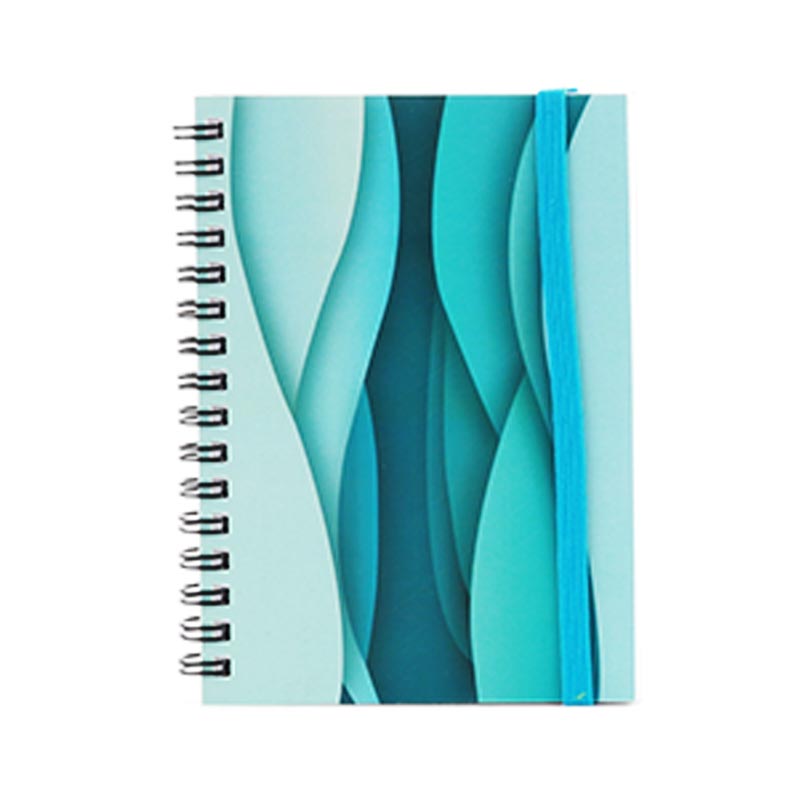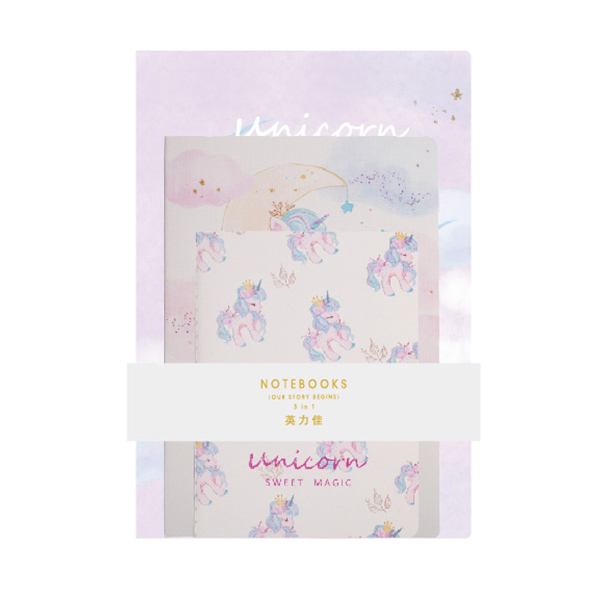The term OEM is simply too common in computer hardware products, like OEM optical drives, OEM monitors, OEM mice and the like. Some people even think it is a brand with quality assurance. So, how much do you know about OEM? Does it mean that a product is an OEM product?
In fact, OEM has a close relationship with modern industrial society. Some well-known brand manufacturers often ask other manufacturers for help because their factories cannot meet the requirements for mass production, or they need certain parts.
These helping companies are called OEM (Original Equipment Manufacturer, original equipment manufacturers). If it is extended to the IT field, it means that those manufacturers who carry out OEM. For example, CPU fans are not produced by Intel or AMD. They usually find professional motor manufacturers like Japan Sanyo for fan OEM production.

What about ODM? It turned out that after a manufacturer designed a product, in some cases, it might be favored by manufacturers of other brands, requiring that the latter's brand name be used for production, or some design changes (such as buttons Location) to produce. The biggest benefit of this is that other manufacturers reduce their own development time. Some people also habitually call these products OEM, in fact they should be called ODM (Original Design Manufacturer, original design manufacturer). For example, some Japanese brand notebook computers are actually manufactured by Taiwanese manufacturers. Afterwards, Taiwanese notebook computer manufacturers could mass-produce under their own brand names as long as certain design details or accessories were modified. The reason is that they are making ODM for these Japanese brands rather than OEM. Of course, we can say that they are all produced from the same production line.
The biggest difference between OEM and ODM is not just the name. OEM products are tailor-made for brand manufacturers, and only the brand name can be used after production, and it is absolutely not allowed to carry out production under the name of the producer. The ODM depends on whether the brand company has bought out the copyright of the product. If not, the manufacturer has the right to organize production by itself, as long as there is no design recognition of the company.
In the industrial society, OEM and ODM are commonplace. Because of manufacturing cost, transportation convenience, and saving development time, well-known brand companies are generally willing to find other manufacturers OEM or ODM. When looking for other companies to carry out OEM or ODM, well-known brand companies also bear many responsibilities. After all, the product's brand is its own brand. If the product quality is not good, the customer will come to the door to complain about it, and the customer may go to court. Therefore, brand companies will definitely carry out strict quality control during the commissioning process. But after the OEM is over, the quality is not guaranteed. Therefore, when some merchants tell you that the manufacturer of a certain product is an OEM or ODM product of a major brand, you should never believe that its quality is equivalent to that brand. The only thing you can believe is that this manufacturer has a certain production capacity.
In addition, I do not know if you have encountered such a situation: when you go to the computer city to buy products (such as LCD monitors), the merchant introduces you to a Taiwanese brand LCD monitor. The LCD panel is from a certain Japanese OEM. In fact, this argument is quite a wrong concept. First, in order to protect the quality and credibility of the brand, the name of the ODM or OEM company is confidential. If it is said that the A brand laptop is manufactured by the B brand, will people still buy the more expensive A brand products? Therefore, the above example of the LCD display is actually just that the Taiwanese brand purchased the Japanese brand LCD panel accessories for production. The quality is good or bad, and I can't believe it completely. So how do we identify whether the foundry manufacturer has used accessories from well-known manufacturers? Taking LCD monitors as an example, its core technology is still controlled by several large manufacturers in Japan and South Korea. Consumers can identify from technical indicators. For example, LCDs with a contrast ratio of 400: 1 are only produced by companies such as Hitachi and Fujitsu in Japan, while products with a contrast ratio of 350: 1 are mainly produced by South Korea ’s Samsung and Japan ’s NEC.
In fact, for consumers, what they are most afraid of hearing is some plausible abbreviations. Sometimes OEM, ODM and the like sometimes really make people confused. However, as long as we read more and learn some new knowledge, if there is a problem that a sales merchant says OEM or ODM, do n’t be worried, go home and find out clearly, whether it is OEM or ODM, the problem is not big


 英语
英语 西班牙语
西班牙语













